
At Seed Pantry we believe one of the best places to start growing your own food is with the flavour sensation of herbs and spices! They are easy to grow, care for, and produce lots of ingredients for cooking with.
Most herbs produce wonderful flowers too that bees and other pollinators absolutely love. This will help create your own eco-garden for pollinating your crops and for conservation purposes that help bees to survive.
There are many herbs to choose from, so where do you start!? Well, below we have put together our top 10 Seed Pantry favourites to grow, to eat!
Basil
Why we love it: Basil is such a great herb, it comes in many varieties and is most well know for cooking Italian food dishes. From classic Genovese basil to lemon basil and Thia Basil for an Asian cuisine twist. Basil plants are from the mint family and are used for adding sweet flavours to dishes and deserts!. Our favourite of which is Basil ‘Rubin’, which is a dark purple variety that is stunning but also delicious!
Health benefits: Basil is great for aiding with digestion and has anti-inflammatory properties too. It is also great for supporting liver function, studies have shown it helps boost neurotransmitters and aid hormones to fight depression!
Rosemary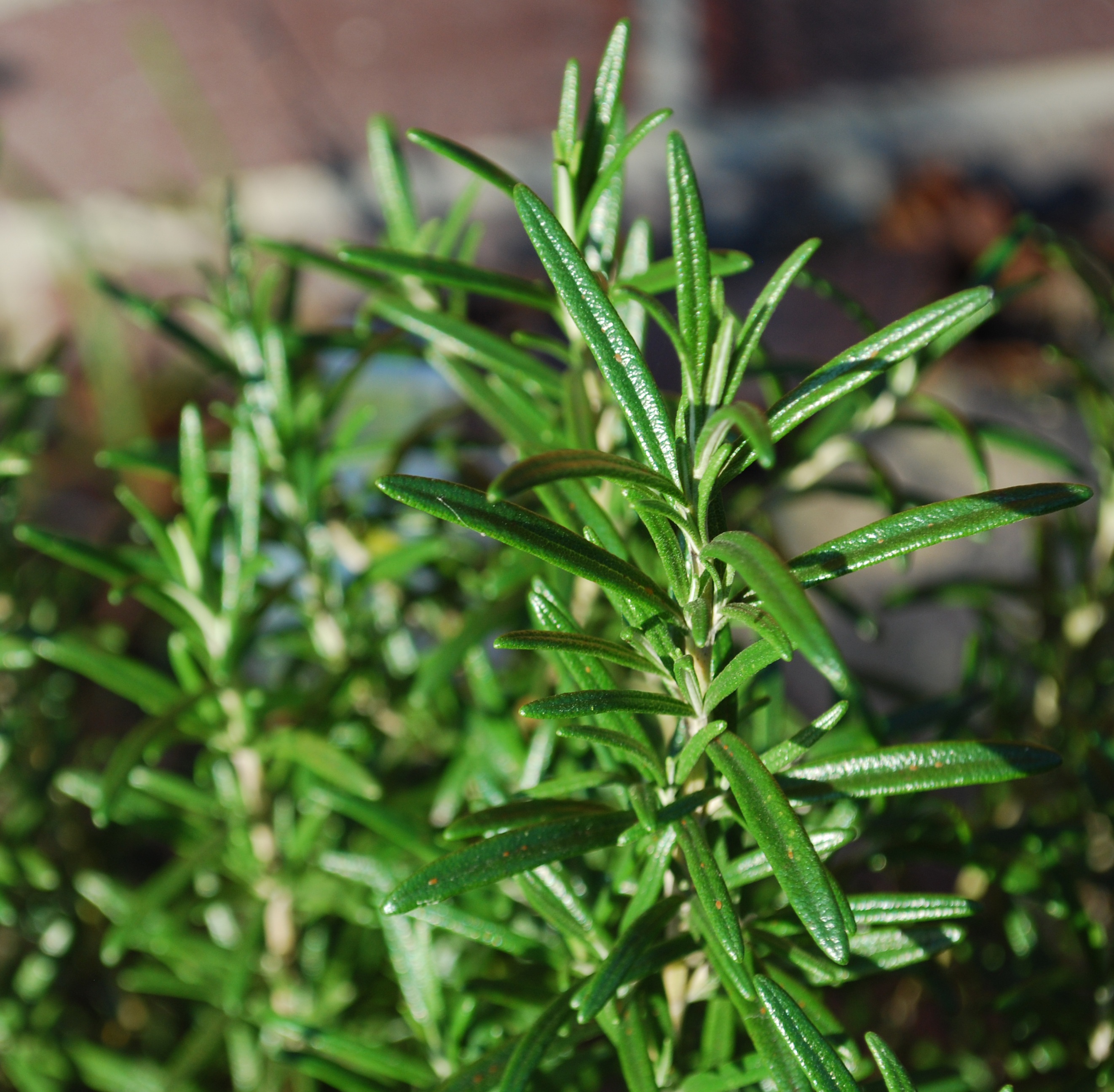
Why we love it: Rosemary is such a tasty herb and it couldn’t be easier to grow! Get some seeds started and in no time you will have bushes of the stuff! The yield of the plant is one of the reasons it is so great. One plant can produce more than enough herbs for year round use. Add to Italian dishes and roasted potatoes, they are just superb!
Health benefits: Rosemary is rich in antioxidants which helps boost the immune system and improve blood circulation. research has also shown that the aroma of rosemary can help with concentration as well as enhance memory and mood. Rosemary oil is also used to help prevent hair loss!
Thyme
Why we love it: Thyme is another sensational aromatic herb which lends itself to many forms of culinary use. Its unique flavour aids itself to all kinds of dishes, not to mention it is loaded with vitamin C and A! Our Broadleaf Thyme even grows little pink flowers that bees love! It is perfect when mixed with garlic or lemon for roasted dishes.
Health benefits: Thyme is packed full of Vitamin A and C. It also has Thymol, which is a compound that has been shown to fight infectious bacteria.
Parsley
Why we love it: This Mediterranean herb is a staple of stews and one pot dishes. Its mildly bitter taste actually helps balance other flavours. Because of this, it is excellent for creating sauces such as pesto and chimichurri! Our Parsley ‘Italian Giant’ as a slightly sweeter taste so makes for a perfect starting point!
Health benefits: Parsley is very high in vitamin K which is important for bone health and for healing wounds. On top of this, parsley contains Lutein, beta carotene, and zeaxanthin which are carotenoids that help protect your eyes and aid eye health!
Coriander
Why we love it: Coriander is probably the most polarising herb out there, with many loving it and others hating it. We sit in the first camp, and cannot imagine ever making any Asian food dish without it! They are really quick and easy to grow too and the whole of the plant is edible. Our coriander ‘Confetti’ has very interesting unique foliage but with classic coriander taste! Finley chopped and sprinkling into a curry is just a dream!
Health benefits: Coriander is good for diabetes as It can stimulate the insulin secretion and lower the blood sugar levels. On top of this, they are rich in antioxidants and as well as having skin health aiding qualities.
Lemon Grass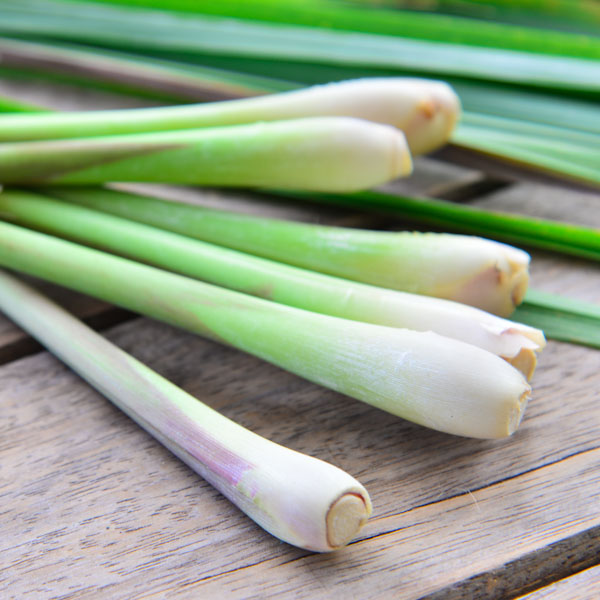
Why we love it: The next herb on our list is a staple of Asian cuisine, However many do not know its uses in western dishes. its citrus lemon flavour lends itself to all kinds of dishes and deserts. It’s amazing with Thai curries and soups but also cooked with meats to give them a zesty flavour. Lemon Grass can even be used to make delicious teas!
Health benefits: Lemongrass has been shown to help relax the body and relieve anxiety with its aroma and taste. Digestion of lemongrass has been seen to decrease fungal diseases as well. Lemongrass tea has been shown to help alleviate the body from sensing pain!
Sage
Why we love it: Another Mediterranean classic herb, with a slightly bitter taste but with citrusy notes as well. It is perfectly paired with rosemary, marjoram and thyme for stuffings but It can be used for so much more! It is amazing in French and Italian food dishes and complements garlic and lemon very well too!
Health benefits: Studies have shown sage helps fight bacteria that creates dental plaque, making it useful for dental health. There have even been mouthwashes made from sage for this purpose! On top of this, they are absolutely filled with antioxidants, that help neutralize potentially harmful free radicals that are linked to chronic diseases.
Chives
Why we love it: Chive leaves are just delicious when finely chopped and added to dishes. It pairs particularly well with potatoes and garlic. The taste is between onions, leeks and garlic making it easy to add to many styles of cuisine. Like most the herbs on this list, they require very low maintenance.
Health benefits: Chives contains an abundance of Vitamin A, which helps aid the immune system and reproduction. They also contain allicin, which has been shown to lower cholesterol as well as blood pressure to help blood flowing properly and thus protecting the heart!
Mint
Why we love it: Probably the most well known of the herbs as it is used all over the world in what seems like every kind of food and drink! From cooked food, teas to ice cream, mint can be added to almost anything! Add to drinks to make an amazing cocktail or even baked into cakes.
Health benefits: Mint contains the essential oil Menthol, which has been hailed as a great natural pain relief for colds, upset stomach and indigestion. Menthol is a natural aromatic decongestant that helps to break up phlegm and mucus, making it easier to remove from the body. on top of this, it is loaded with Vitamin A which aids the immune system.
Marjoram
Why we love it: Finally we have Marjoram, which has a sweet and floral taste. Often mixed up with oregano, however, it is its own unique herb with it’s own unique delicate taste. It is at its best when cooking with meats like pork, chicken and turkey.
Health benefits: This aromatic herb can help to aid digestion but also help with heartburn and indigestion. On top of this, marjoram is a great antiseptic and can help fight against common illnesses such as food poisoning, common cold and even malaria!
The fresher, the better with herbs! We have a whole range of different herbs you can grow today at Seed Pantry, so make sure to come and check them out!
Need a gift? – We also have our amazing Herb Seeds Starter Pack. This is packed full of all you’ll need to start growing your own delicious organic herbs at home in an eco-friendly way.
Seed Pantry Team.
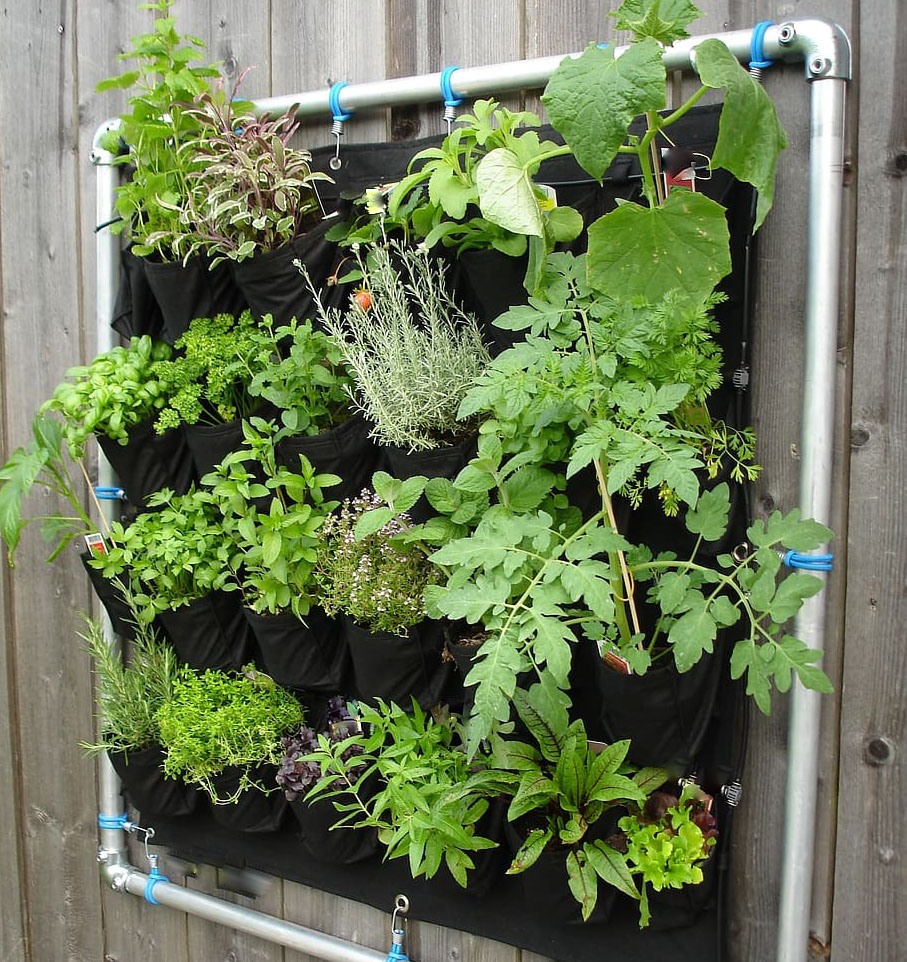





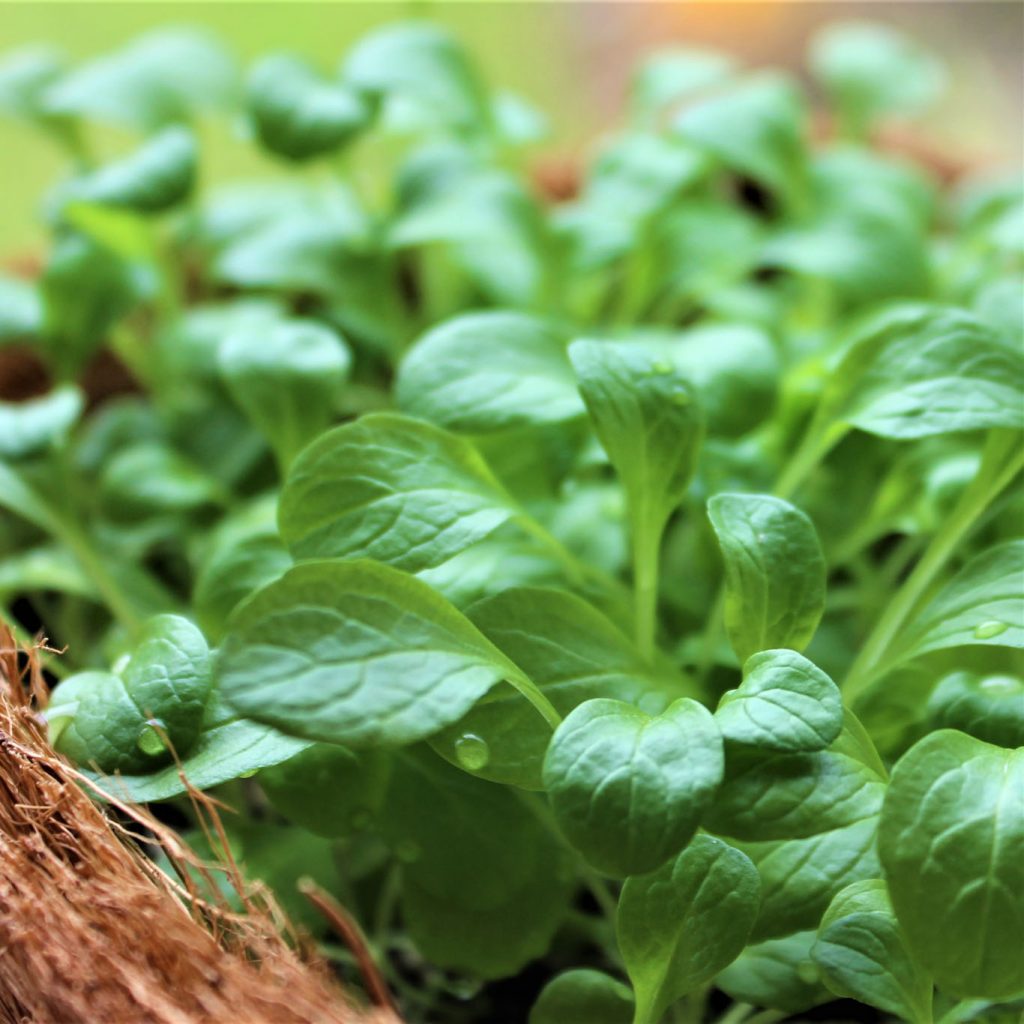

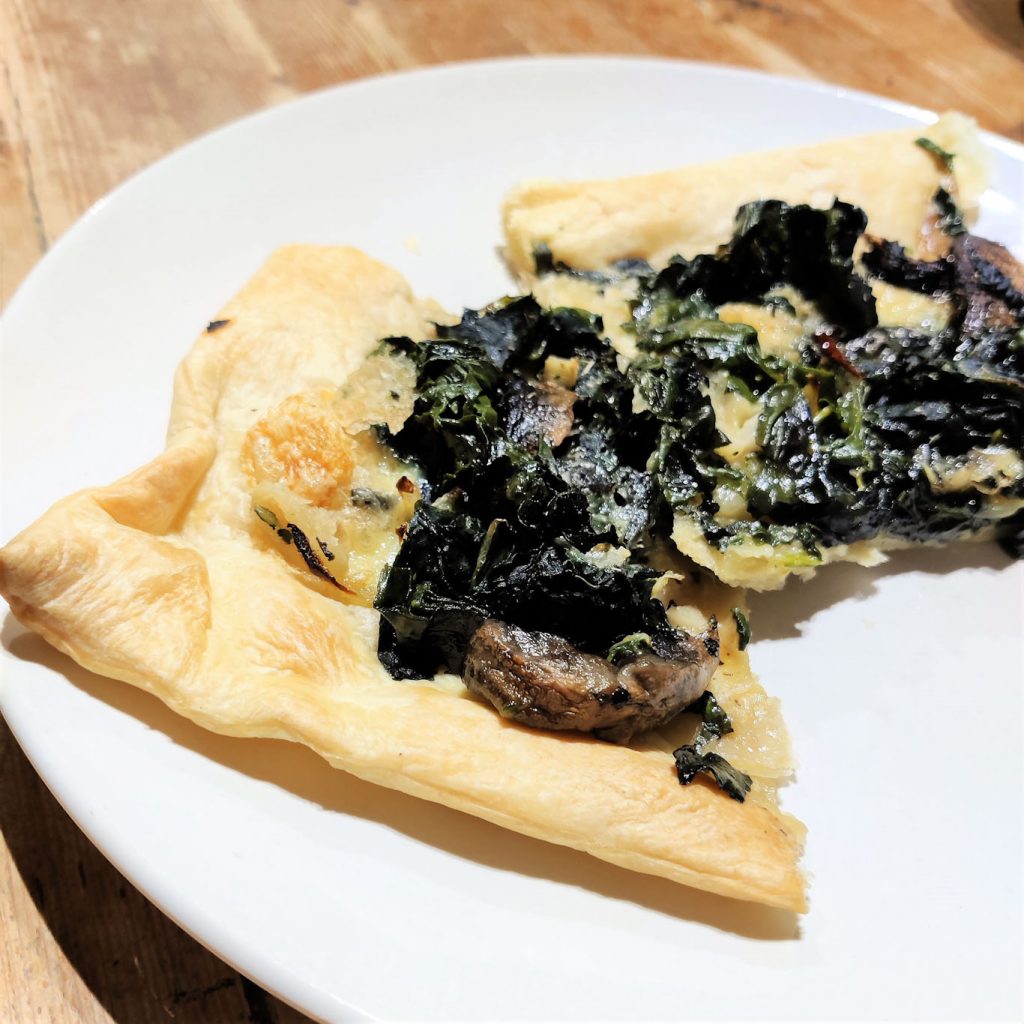























 Love them or loathe them, Brussels sprouts are a Christmas dinner essential – along with all the other tasty trimmings on the table.
Love them or loathe them, Brussels sprouts are a Christmas dinner essential – along with all the other tasty trimmings on the table.
 Preparations are underway for our first time at The Big Feastival – a fantastic weekend of music, food and fun for all the family!
Preparations are underway for our first time at The Big Feastival – a fantastic weekend of music, food and fun for all the family!